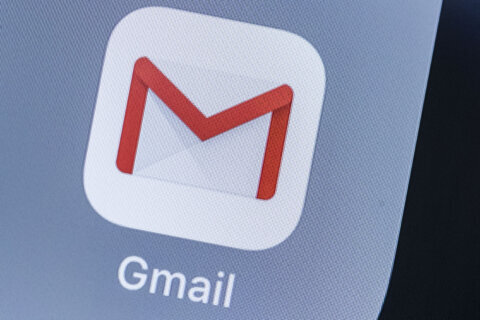Q: I’ve heard horror stories about the latest Windows 10 update. Is there a way to stop it from loading on my laptop?
There have been widespread reports of major issues for certain laptops with the August Cumulative Windows 10 update, also known as version 2004.
Cumulative updates are a collection of security and performance fixes only, while “feature updates” are the ones that add new functionality to Windows.
By default, Windows 10 automatically updates itself so these problematic updates are catching some users by surprise.
Various Lenovo ThinkPad models that were released in the past couple of years have been experiencing numerous Blue Screen of Death (BSoD) issues along with errors in the device manager and the inability to use the facial recognition login in Windows Hello.
It appears that older ThinkPad models that don’t include biometric hardware interfaces aren’t experiencing these issues.
Users of other brands of computers are also reporting various issues, so this isn’t necessarily a Lenovo-specific problem.
Temporary workaround
If you have a Lenovo laptop that is experiencing Blue Screen errors or one of the other issues after installing the version 2004 update, the company has published a workaround.
The workaround requires going into the BIOS Setup menu, which can generally be accessed by pressing the F1 key while the machine is powering up, or in one of the others ways explained on Lenovo’s support website.
Once you enter the BIOS menu, you’ll want to access the Security→Virtualization options to get to the “Enhanced Windows Biometric Security” setting, which needs to be disabled to keep the update from wreaking havoc.
Once a fix has been created, you can enable this feature again so that you can use biometrics to log into Windows.
Uninstalling the update
If the workaround doesn’t help or you have another brand of computer that is experiencing issues, you can try temporarily uninstalling the update.
Open the Windows 10 settings menu, go to the Update and Security page, and look for the “View update history” option. The update history page will have a link to uninstall updates at the top, which will provide you with a list of installed updates.
Look for “Feature Update to Windows 10 Version 2004” and uninstall it.
Temporarily disable updates
Microsoft includes an option to pause updates for up to 35 days, which may provide the time needed for issues to get worked out.
To access this option, go to Settings→Update & Security→Windows Update and click on Advanced options.
Under the “Pause updates” section, there will be a drop-down menu that allows you to select a date up to 35 days in the future. This can only be done one time, as the option won’t be available again until you allow the update to run.
If you need more time, there are some more technical options that you can try to keep the updates from running.
If you do end up bypassing the update process using one of the more technical options, make sure you undo the changes in the future as installing the updates is a critical process for keeping your computer secure as new issues are discovered.
Ken Colburn is founder and CEO of Data Doctors Computer Services. Ask any tech question on Facebook or Twitter.







